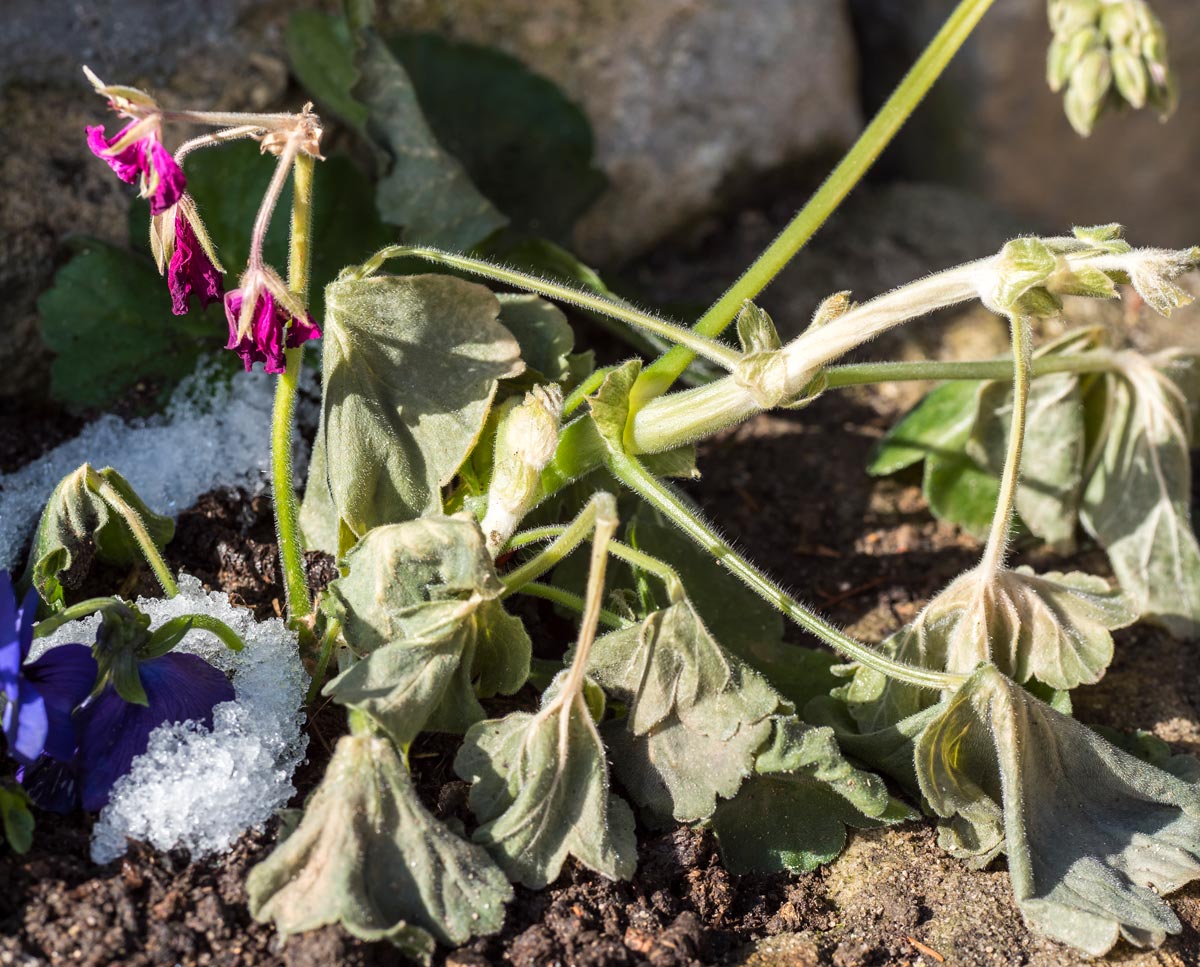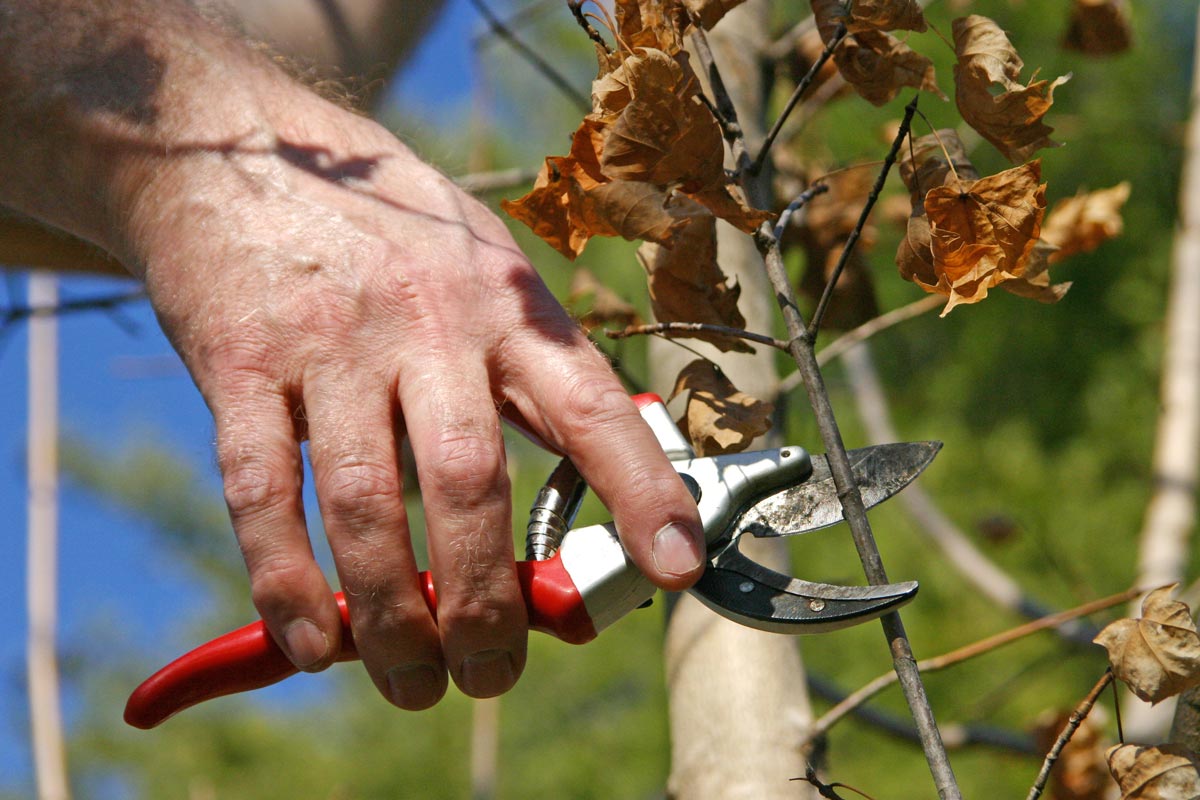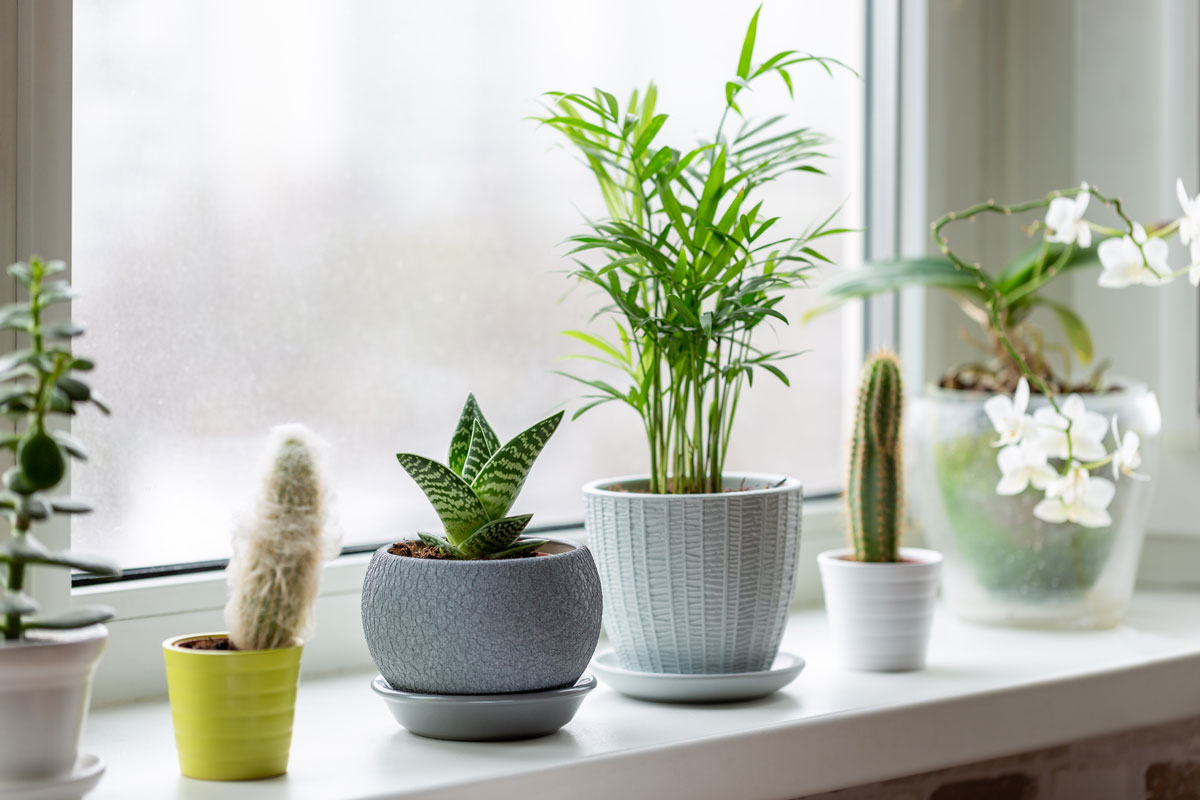Antidotes for the Stir-Crazy Gardener
Ready to start gardening? Though in some areas it may not yet be warm enough to get outdoors, use any of these methods to get your gardening fix.
November’s cooler days mark the final call for cleaning up the garden and protecting plants before the ground freezes and harsh weather arrives. Tidying up dead leaves, mulching garden beds, and securing frost-sensitive plants can make a big difference when spring returns. Use this guide to ensure your garden is winter-ready and protected against the elements.

Kristyna Sinelkova | iStock via Getty Images

AwakenedEye | iStock via Getty Images

Geshas| iStock via Getty Images